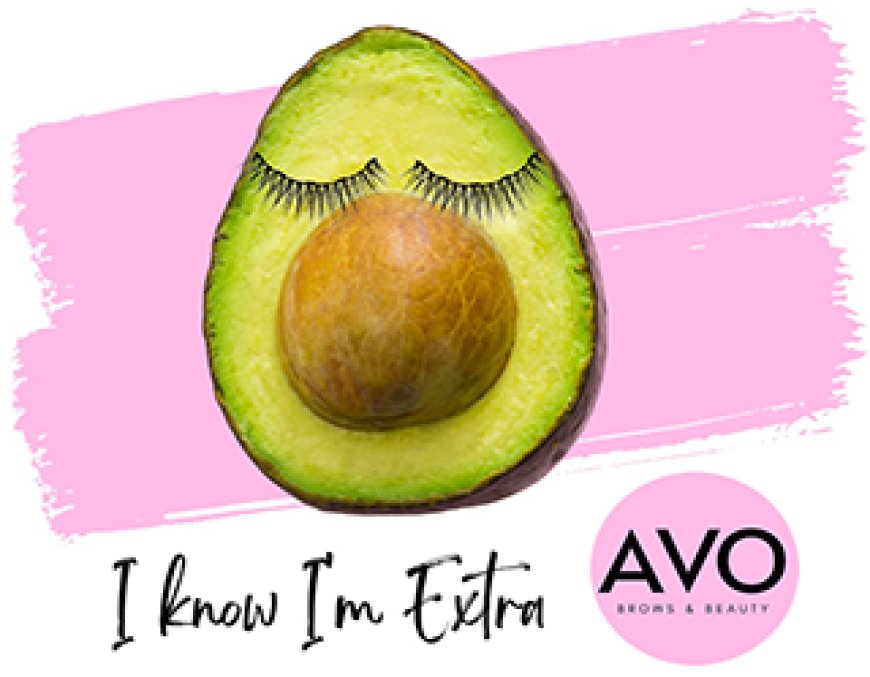A Young Boy’s Death by Eucalyptus Branch Calls City’s Tree Care Into Question


Last week, the family of 4-year-old Ronan Kerr, who was killed by a falling eucalyptus branch in June, filed suit against the city of San Diego – but not just for compensation.
The lawsuit also names two city tree service contractors – Atlas Environmental Services and West Coast Arborists – which it accuses of failing to properly maintain eucalyptus trees across the city that show obvious signs of decay.
Before the lawsuit was filed, I was already looking into the apparent instability of eucalyptuses across the city. This led to a conversation with San Diego’s city forester on Oct. 29, who harped on the importance of proper tree maintenance. The city has since declined to comment on the lawsuit directly.
“The city has been making some efforts, I’d say during the last 10 years, to increase resources and budgets to maintain our street trees on a proactive schedule,” City Forester Brian Widener told Voice of San Diego before Kerr’s lawsuit was filed. “Trying to prune them proactively for public safety rather than just reactively through Get it Done requests and things like that.”
The lawsuit disputes this, alleging, “the city’s reactive approach to tree management was resulting in repeated preventable injuries and deaths.”
Included in the complaint is a list of 38 incidents, mostly occurring in the last decade, where eucalyptus branches fell or were reported for potential safety threats – seven of which resulted in injuries or deaths.
The Kerr family’s lawyers said the tree in question, which is located in Villa La Jolla Park, was visibly unwell. The complaint describes overwatering to the point of rotting the tree’s roots, clusters of deadwood and a history of improper pruning.
But even in the best of conditions, eucalyptus trees are known to shed their branches unexpectedly. In their native Australia, the trees are colloquially known as “widow makers.”
Still, some tree experts will say this trait isn’t unique to eucalyptus trees.
“When you see a tree that had a limb failure or something else, people think, ‘Well, it must be that eucalyptuses are dangerous.’ That’s not really the case,” said JP Chibuck, a certified arborist for SavATree. “The reality is that there’s just so many of them, that there’s a higher exposure to them.”
San Diego has millions of eucalyptus trees, but Widener told me the city seldom plants new ones. It’s really a question of whether the city will step up to the task of maintaining its existing groves – which are maturing in age – or rip them out.
Most of the region’s groves took root more than 100 years ago, when capitalists planted them en masse for wood production. But the trees never found much commercial success for the same reason I’m writing about them today: the wood is easily breakable.
“The San Diego eucalyptus bubble … never exploded,” writes Leland G. Stanford in a 1970 issue of The Journal of San Diego History. “It served first as a fetish, and then was retained as an ornament.”
Efforts to remove eucalyptus trees over the years have mostly been contained to the region’s open spaces, where they’re known to crowd out native plant species. One major exception to this was a 2023 project to remove hundreds of trees surrounding UC San Diego student housing due to safety risks.
In lieu of mass removal, arborists suggest proper maintenance is our best bet for managing risks while maintaining the aesthetic and practical value the trees bring to local streets and parks, such as providing shade.
“There’s no point of having the trees if they are causing an undue risk,” Chibuk said, “but there are a lot of benefits that go with them that you have to factor in as well.”
Eucalyptuses’ drought tolerance and expansive canopies make them ideal for urban areas, but these areas also come with increased risks to people and property.
As far as alternative tree options go, San Diego’s options are slim.
A CalPoly map of California’s native trees shows the city is home to only 10 native tree species, most of which grow exclusively near rivers and other bodies of water. These trees are also generally smaller and slower growing than eucalyptuses, which succeed partly thanks to their invasive qualities.
“I don’t think they are bad or evil trees,” said Kellie Uyeda, executive director of UCSD’s Natural Reserve System. “They just take maintenance. Especially in a setting like a park, they’re part of the infrastructure.”
The post A Young Boy’s Death by Eucalyptus Branch Calls City’s Tree Care Into Question appeared first on Voice of San Diego.










